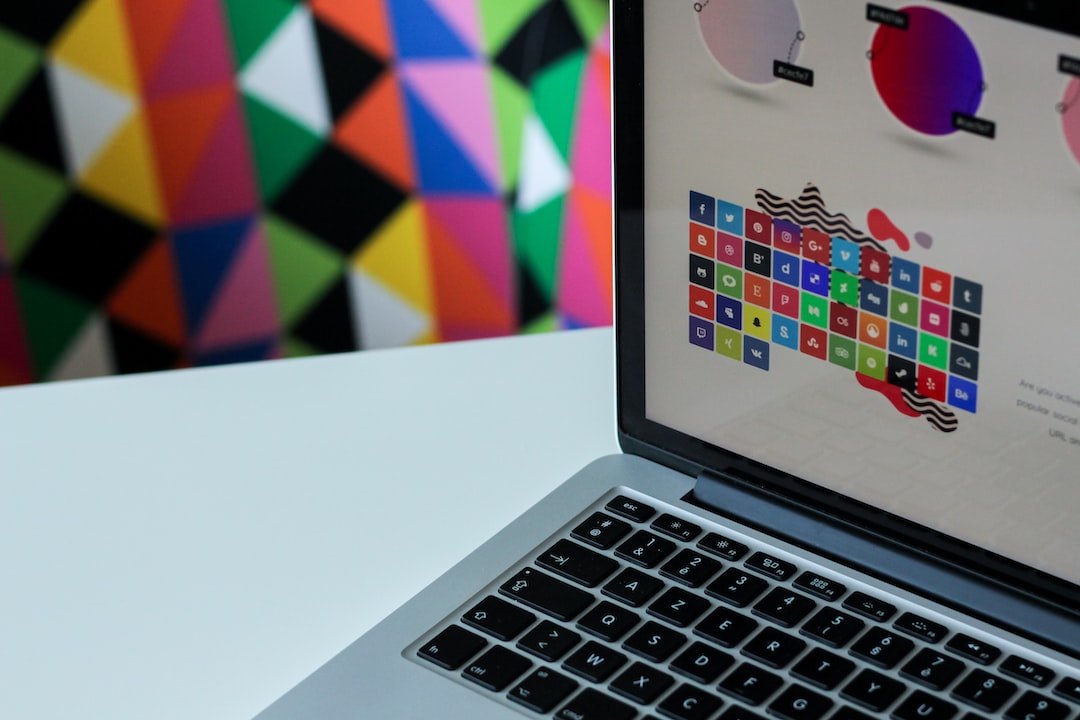A JPEG image is an image format designed for storing photographs and images with lots of color and detail. JPEG stands for Joint Photographic Experts Group, the organization that developed the file format in the early 1990s. The primary goal of JPEG images is to reduce file size without causing a significant loss of image quality. This is done by using a lossy compression process that discards detail and color information that is difficult for the human eye to perceive.
Using JPEG images
The JPEG format is one of the most widely used image formats on the Internet and in digital photography, mainly because it is particularly efficient when it comes to image file size. Smaller file sizes help save storage space and allow for faster loading times when viewing images on web pages or social media. JPEG images are also compatible with a wide range of image-editing and viewing applications.
Disadvantages of JPEG images
Although JPEG images are an excellent choice in many situations, they also have drawbacks. Because the compression method is lossy, compression artifacts can occur that degrade image quality - especially when a JPEG image is saved and opened multiple times. For certain types of images, such as graphics with few colors or sharp lines, the PNG (Portable Network Graphics) format can provide better image quality and lossless compression.
JPEG images in online marketing agency Bajorat Media
At Bajorat Media we are aware of the importance of image optimization and efficient use of images in various formats. In the field of web design and web development using WordPress, we use JPEG images advantageously to improve the performance of the created websites and ensure fast loading times. If needed, we also use other image formats for specific applications, such as PNG format for graphics and SVG format for scalable vector graphics.




